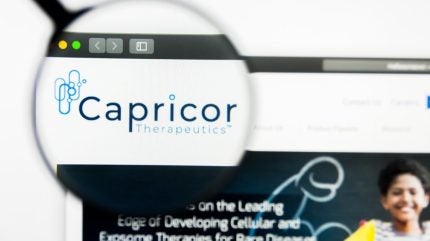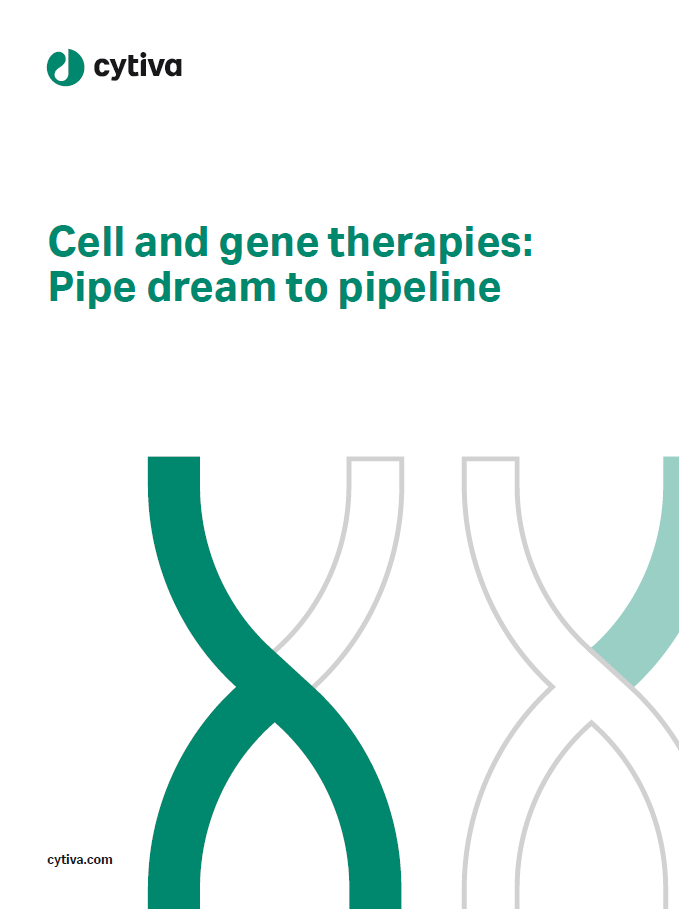

Capricor Therapeutics has released more positive three-year safety and efficacy data from the Phase II HOPE-2 open-label extension (OLE) trial for its Duchenne muscular dystrophy (DMD) cell therapy, deramiocel.
Last week, the company started rolling submissions for a biologics license application (BLA) for deramiocel as a treatment for DMD cardiomyopathy with the US Food and Drug Administration (FDA), with plans to complete the submission by the end of the year.
“These results are extremely impactful for patients living with DMD as they showed sustained cardiac and skeletal muscle benefits after three years of continuous treatment with deramiocel, which underscores the potential long-term efficacy this therapy can offer,” said the company’s CEO Linda Marbán.
“We have been working closely with the FDA to move deramiocel towards potential approval as quickly as possible because once heart function is lost, it is unlikely to be restored. We expect deramiocel to be a lifelong treatment, with an infusion delivered quarterly,” added Marbán.
The HOPE-2 OLE study (NCT03406780) enrolled 13 patients with DMD cardiomyopathy. Capricor first reported that the HOPE-2 trial met its primary endpoint of slowing muscle weakness, measured using change in the mid-level (elbow) dimension of the Performance of the Upper Limb (PUL v2.0), back in 2021 when it started a Phase III pivotal study (NCT05126758). The Phase III trial has a completion date of December 2026, as per the ClinicalTrials.gov listing.
The new Phase II data was presented at the 29th Annual Congress of the World Muscle Society taking place from 8-12 October in Prague. These expand on the long-term results the company posted back in July, with subgroup analysis.

US Tariffs are shifting - will you react or anticipate?
Don’t let policy changes catch you off guard. Stay proactive with real-time data and expert analysis.
By GlobalDataIn a subgroup of eight patients with a left ventricular ejection fraction (LVEF) of over 45%, deramiocel improved the median LVEF, as measured by cardiac magnetic resonance imaging (cMRI), by 3.1% at two years and 3% at three years. The company used an external comparator group of patients who didn’t receive the treatment, which showed a median decline of 5% at two years. In the same subgroup, the cell therapy led to an increase of 11.1ml/m2 end-systolic volume (ESV) at two years, compared to the external group.
Deramiocel also slowed muscle deterioration, with patients in the treatment arm showing a mean decline of 4 points at three years, measured using a 22-item PUL v2.0 scale, compared to the external group which observed a 7.7 point decline.
Deramiocel is an allogeneic cell therapy consisting of cardiosphere-derived stromal cells. Last month, Capricor signed a $35m deal to sell the European marketing rights to the therapy to Japanese Nippon Shinyaku. The agreement expanded on the previous licensing deals between the companies for the US and Japanese rights. Capricor estimates the potential milestone payments from the combined distribution agreements with Nippon to total approximately $1.5bn.
Cell & Gene Therapy coverage on Clinical Trials Arena is supported by Cytiva. Editorial content is independently produced and follows the highest standards of journalistic integrity. Topic sponsors are not involved in the creation of editorial content.




